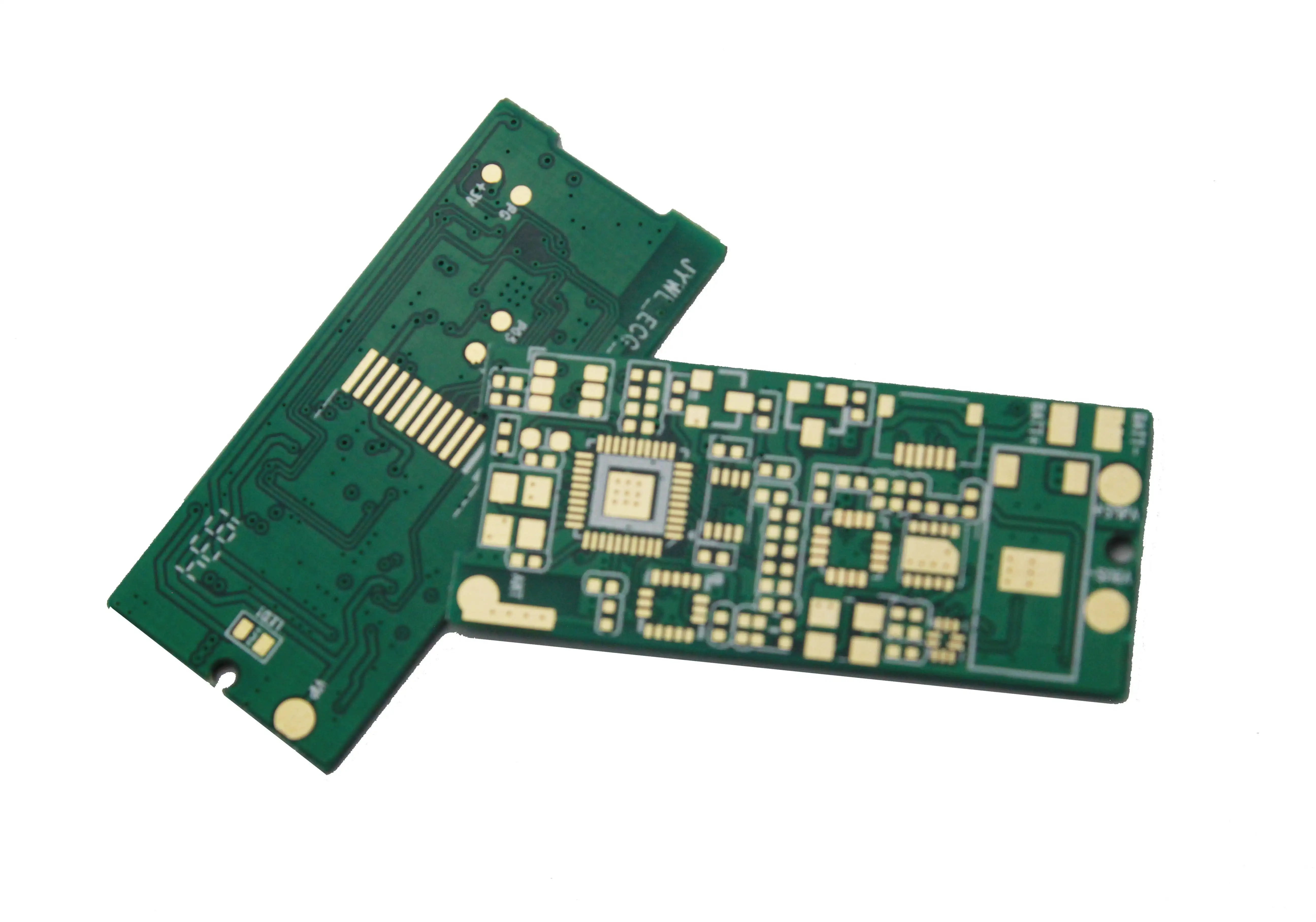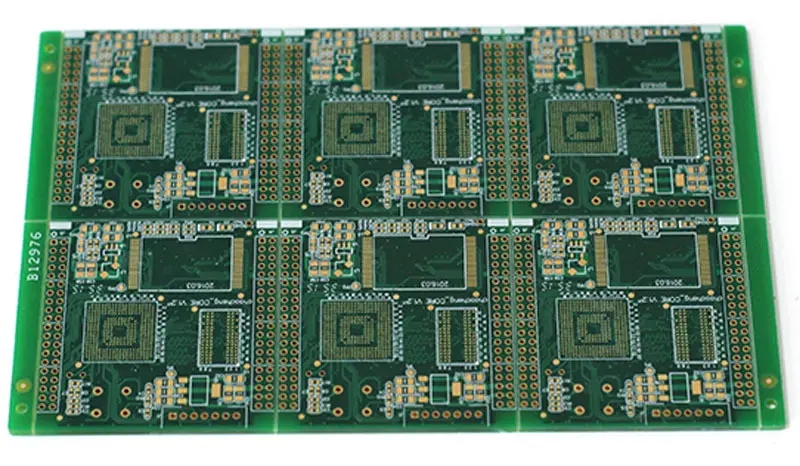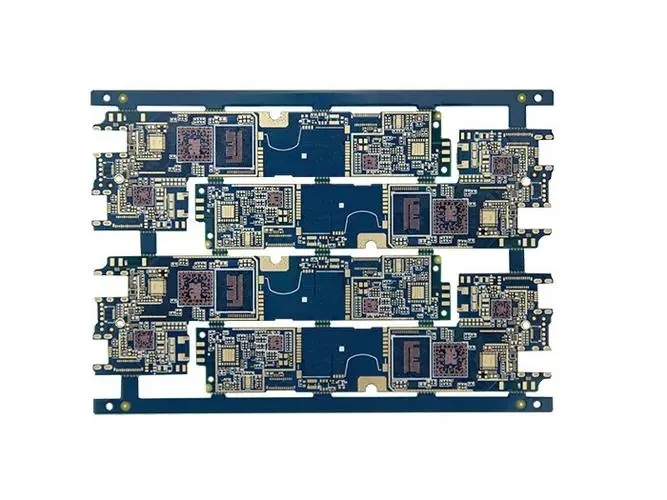
Measures to prevent copper surface oxidation during PCB production
This paper mainly discusses the preventive measures against copper surface oxidation in PCB production, and discusses the introduction of a new copper surface antioxidant.
At present, during the operation cycle from copper deposition, electroplating of the whole board to pattern transfer in the production process of double-sided and multilayer PCBs, the oxidation of copper layers on the board and in the holes (from the holes) seriously affects the production quality of pattern transfer and pattern electroplating; In addition, AOI scanning false spots increase due to oxidation of inner laminates, which seriously affects the testing efficiency of AOI; This kind of incident has always been a matter of comparison in the industry. Now we will discuss how to solve this problem and how to use professional anti oxidant for copper surface.
1. Current methods and status quo of copper surface oxidation in PCB production
1.1 Copper deposition - oxidation prevention of whole plate after electroplating
Generally, after copper plating and whole plate electroplating, most of the plates will go through:
(1) 1-3% diluted sulfuric acid treatment;
(2) High temperature drying at 75-85 ℃;
(3) Then place the rack or stack, and wait for pasting dry film or printing wet film for pattern transfer;
(4) In this process, a few boards need to be placed for 2-3 days, while many boards need to be placed for 5-7 days;
(5) At this time, the copper layer on the surface of the plate and in the hole has been oxidized into "black".
In the pre-treatment of pattern transfer, the form of "3% dilute sulfuric acid+brush" is usually used to treat the copper layer on the board. However, the treatment effect in the hole only depends on pickling, and it is difficult to achieve the ideal effect in the previous drying process; As a result, the pores are often not completely dried and contain water, and the oxidation degree is much more serious than that of the board surface. It is impossible to have a stubborn oxide layer by simply pickling. This may lead to the scrapping of plates due to no copper in the holes after pattern electroplating and etching.
1.2 Anti oxidation of inner layer of multilayer board
Usually, after the completion of the inner layer circuit, it is processed by developing, etching, film stripping and 3% dilute sulfuric acid. Then, it is stored and transported through film separation and waits for AOI scanning and testing; In this process, the operation and transportation will be very careful, but the board surface will inevitably have defects such as finger prints, stains, oxidation spots, etc; A large number of false points will be generated during AOI scanning, and AOI testing is based on the scanned data, that is, all scan points (including false points) will be tested by AOI, which leads to very low testing efficiency of AOI.

2. Discussion on the introduction of copper surface antioxidant
At present, many PCB suppliers have introduced different copper surface oxidation inhibitors for production; The main working principle of this system is that organic acids and copper atoms are used to form covalent bonds and coordination bonds, which are replaced with each other to form chain polymers, and multi-layer protective films are formed on the copper surface, so that no redox reaction and hydrogen are generated on the copper surface, thus playing the role of oxidation prevention. According to our use and understanding in actual production, the copper surface antioxidant generally has the following advantages:
a. Simple process, wide application range, easy operation and maintenance;
b. Water soluble process, free of halide and chromate, which is conducive to environmental protection;
c. The removal of the generated anti oxidation protective film is simple, and only the conventional "pickling+brushing" process is required;
d. The generated anti oxidation protective film does not affect the welding performance of the copper layer and almost does not change the contact resistance.
2.1 Application of anti oxidation after copper deposition and whole plate electroplating
In the process of copper deposition and whole plate electroplating, the "dilute sulfuric acid" is changed into a professional "copper surface oxidation inhibitor", and other operation methods, such as drying and subsequent rack insertion or lamination, remain unchanged; During this treatment, a thin and uniform anti oxidation protective film will be formed on the surface of the plate and the copper layer in the hole, which can completely isolate the copper layer surface from the air, prevent sulfide in the air from contacting the copper surface, and make the copper layer oxidized and blackened; Generally, the effective storage period of the anti oxidation protective film can reach 6-8 days, which can fully meet the operation cycle of general plants.
In the pre-treatment of pattern transfer, only the usual "3% dilute sulfuric acid+abrasive brush" method is used to quickly and completely remove the oxidation protection film on the board surface and in the hole, without any impact on the subsequent process.
2.2 Application of anti oxidation in the inner layer of multilayer board
The procedure is the same as that of conventional treatment, just change the "3% dilute sulfuric acid" in the horizontal production line into a professional "copper surface antioxidant". Other operations such as drying, storage and transfer remain unchanged; After this treatment, a thin and uniform anti oxidation protective film will also be formed on the board surface to completely isolate the copper layer surface from the air, so that the board surface will not be oxidized. At the same time, it can also prevent finger prints and stains from directly contacting the board surface, reduce false spots during AOI scanning, and thus improve the testing efficiency of AOI.
3. Comparison of AOI scanning and testing of inner laminates treated with dilute sulfuric acid and copper surface antioxidant respectively
The following is a comparison of AOI scanning and testing results of 10PNLS of the same model and batch number of inner laminates treated with dilute sulfuric acid and copper surface antioxidant respectively.
Note: It can be seen from the above test data that:
a. The false number of AOI scanning of inner laminates treated with copper surface antioxidant is less than 9% of that of inner laminates treated with dilute sulfuric acid;
b. The AOI test oxidation point of the inner laminate treated with copper surface antioxidant is 0; The AOI test oxidation number of inner laminates treated with dilute sulfuric acid is 90.
4. Summary
In a word, with the development of the circuit board industry, the product grade is improved; The copper free scrap of small holes caused by oxidation and the low efficiency of AOI testing of the inner and outer layers are to be vigorously addressed during PCB production; The appearance and application of copper surface anti oxidant provide a good help to solve such problems. It is believed that in the future PCB production process, the use of copper surface antioxidant will become more and more popular. PCB manufacturers, PCB designers, and PCBA processors will explain to you how to prevent copper oxidation during PCB production.







